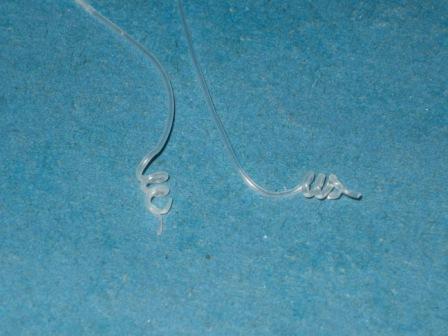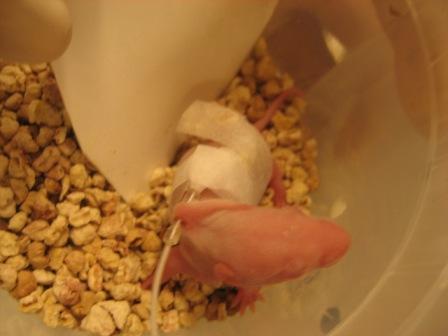Neonatal Rat Gastrostomy Method
Project Overview
Our goal is to increase the survival rate of rat pups being tested for the effect of iron deficiency on their physiological development. Our task is to design a mechanism and/or procedure to secure feeding tube inserted through the abdominal wall in a neonatal rat’s stomach.
Team Pictures


Images


Files
- Neonatal Rat Gastrostomy mid semester Power Point (October 15, 2009)
- Neonatal Rat Gastrostomy mid semester Report (October 21, 2009)
- Neonatal Rat Gastrostomy Final Report (December 10, 2009)
- Neonatal Rat Poster (December 10, 2009)
- PDS (December 11, 2009)
Contact Information
Team Members
- Gerhard Van Baalen - Team Leader
- Karin Rasmussen - Communicator
- Scott Sokn - BSAC
- Laura Platner - BWIG
Advisor and Client
- Prof. Paul Thompson - Advisor
- Sharon Blohowiak - Client
